Most buyers will sacrifice more than you might expect
Automakers continue to add flashy and expensive features to their new vehicles. The expectation is that panoramic glass roofs, reconfigurable digital gauge clusters, or head-up displays are in high demand among consumers. However, AutoPacific’s “Future Attribute Demand Study,” which surveyed more than 14,000 current new vehicle buyers about their interest in more than 160 options, suggests that actual demand for flashy features is quite low, particularly among those shopping in the $25,000-$35,000 segment. For these buyers, simplicity reigns supreme, and the allure of the latest technology doesn’t attract them if it affects their monthly payment.
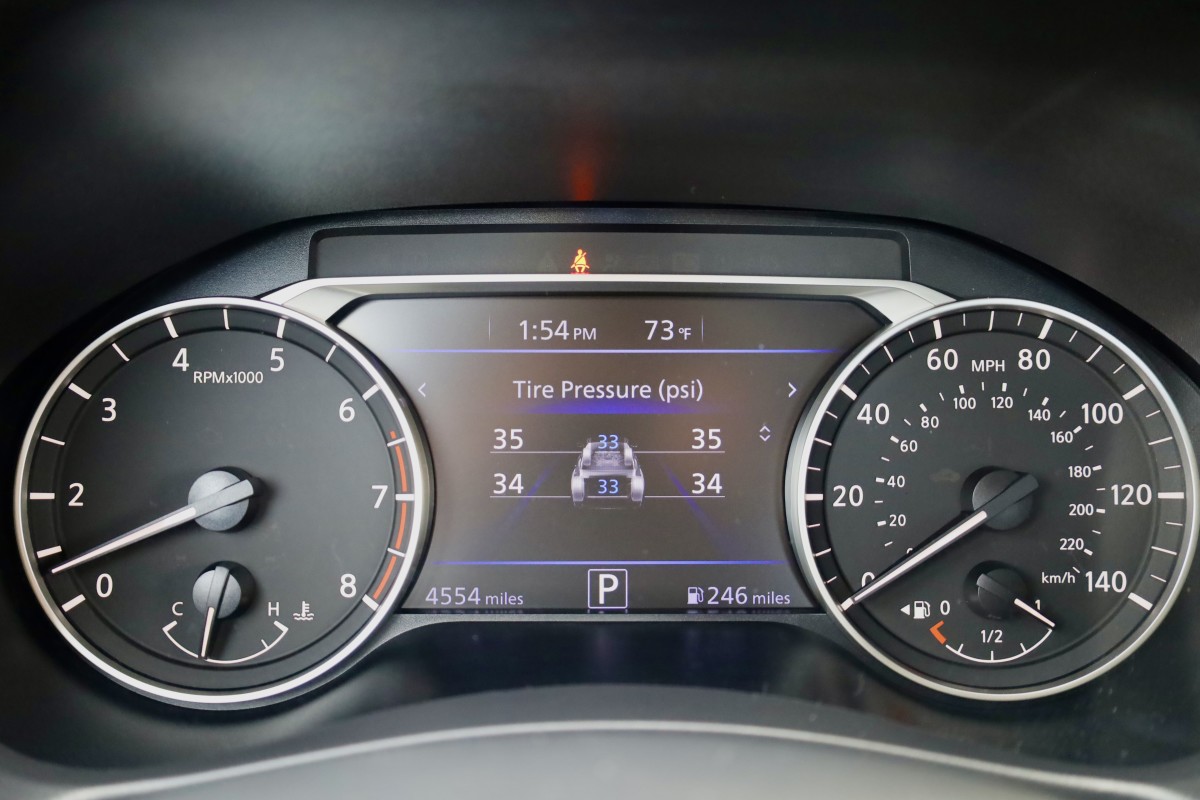
Steven Paul
“Front wheel drive, base stereos, cloth seats with various manual adjustment, and analog gauges are in for these more frugal shoppers,” says Robby DeGraff, AutoPacific’s manager of product and consumer insights. “So, the array of standard equipment found on entry- and mid-level trims of today’s popular vehicles within the $25,000-to-$35,000 price range may need to be reexamined as consumers tighten their belts in the face of economic uncertainty.”
What some, but not all, buyers want
The commonly-found features that matter most to those in the under-$35,000 segment are wireless Apple CarPlay and Android Auto, selectable drive modes, a heated steering wheel, and a power front passenger seat. Yet these are must-haves among a mere 26% of buyers in this segment. That’s a little more than one-in-four buyers, not exactly overwhelming demand. Other features fare even worse. Consider all-wheel drive, which is demanded by 24% of buyers, a memory driver’s seat by 23% or welcome lighting at 22%. Then there’s a reconfigurable digital gauge cluster at 21%, a panoramic glass roof at 20%, a head-up display and premium audio at 15%, and leather upholstery at 11% – or slightly more than one-in–ten.
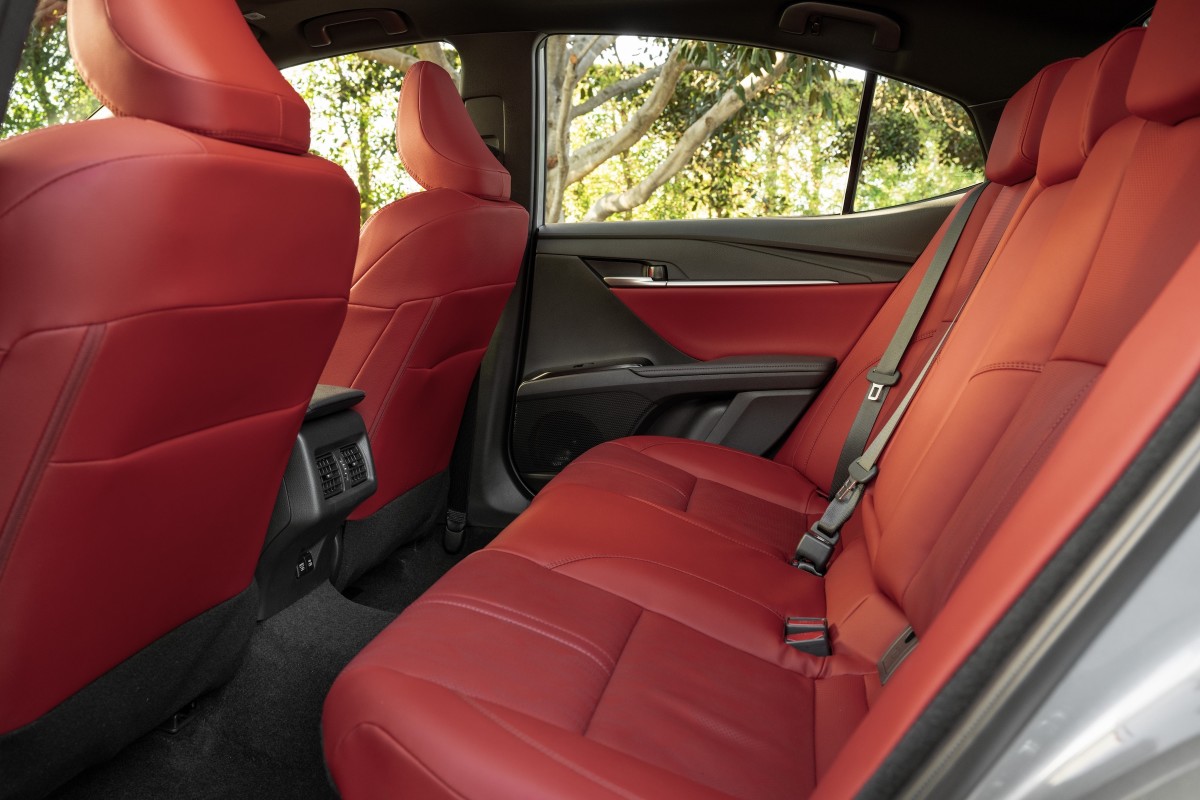
Toyota
If you think such items are more important to buyers with fatter wallets, guess again. The numbers are not significantly higher, although their priorities differ. According to the AutoPacific study, the feature most desired by wealthier buyers is selectable drive modes, which are demanded by 33% of buyers, or just one in three. Wireless Apple CarPlay and Android Auto, a power front passenger seat, heated steering wheel, and a premium audio system tie at 31%, followed by all-wheel drive at 29%, and welcome lighting at 28%. A memory driver’s seat, reconfigurable digital gauge cluster, and a panoramic glass roof come next at 27% each, followed by a head-up display at 23%, premium audio at 21%, and leather upholstery at 18%.

Cadillac
What do $25k-$35k vehicle buyers want?
According to AutoPacific, buyers in the $ 25,000-$35,000 range are more open to sedans powered by a conventional internal combustion engine, around 20% want their next vehicle to be a hybrid, and only 5% want it to be a battery-electric vehicle. Keep in mind that these buyers are trading in vehicles that are more than 11 years old, with about a third considering a new vehicle for the first time. Given that, it’s a little surprise that they prefer an instrument panel with an analog gauge cluster and conventional controls, alongside a modest center touchscreen without embedded navigation.
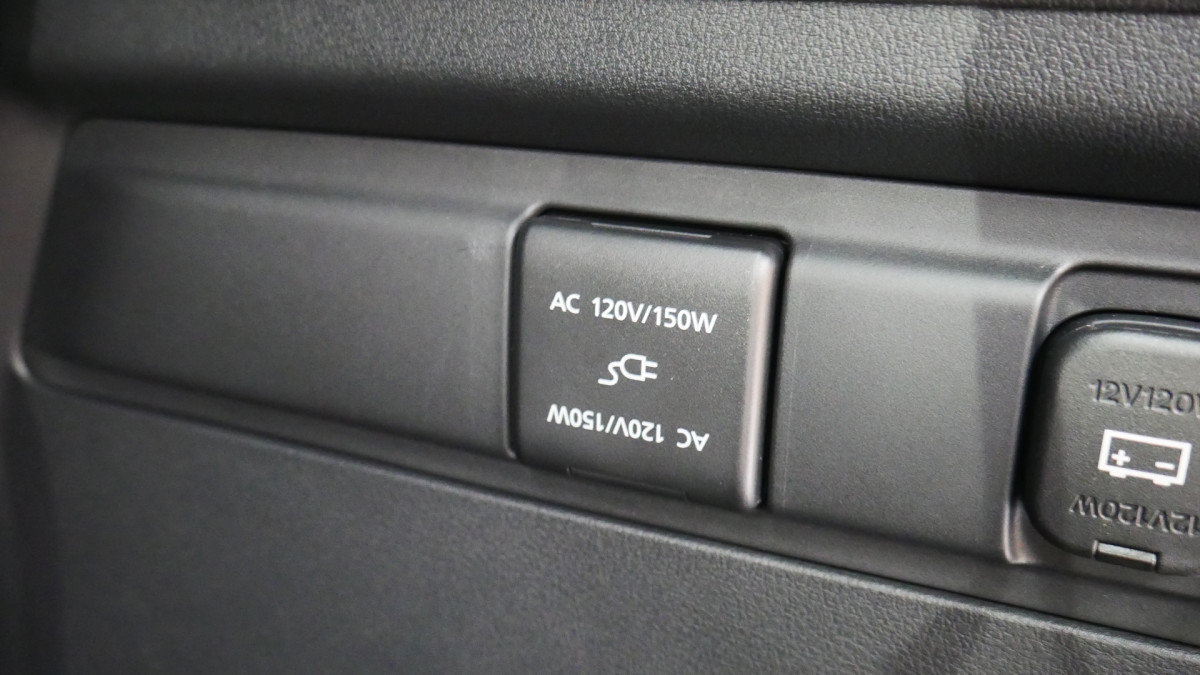
Mazda
Yet they still want wireless smartphone charging pads, heated/ventilated front seats, a 110-volt outlet, driver profile settings, and active safety features. With a median household income of $50,000, these buyers are suburban, drive less than 20 miles daily, and have no children living at home. Approximately 31% are Millennials, 29% are Baby Boomers, and 57% are female.
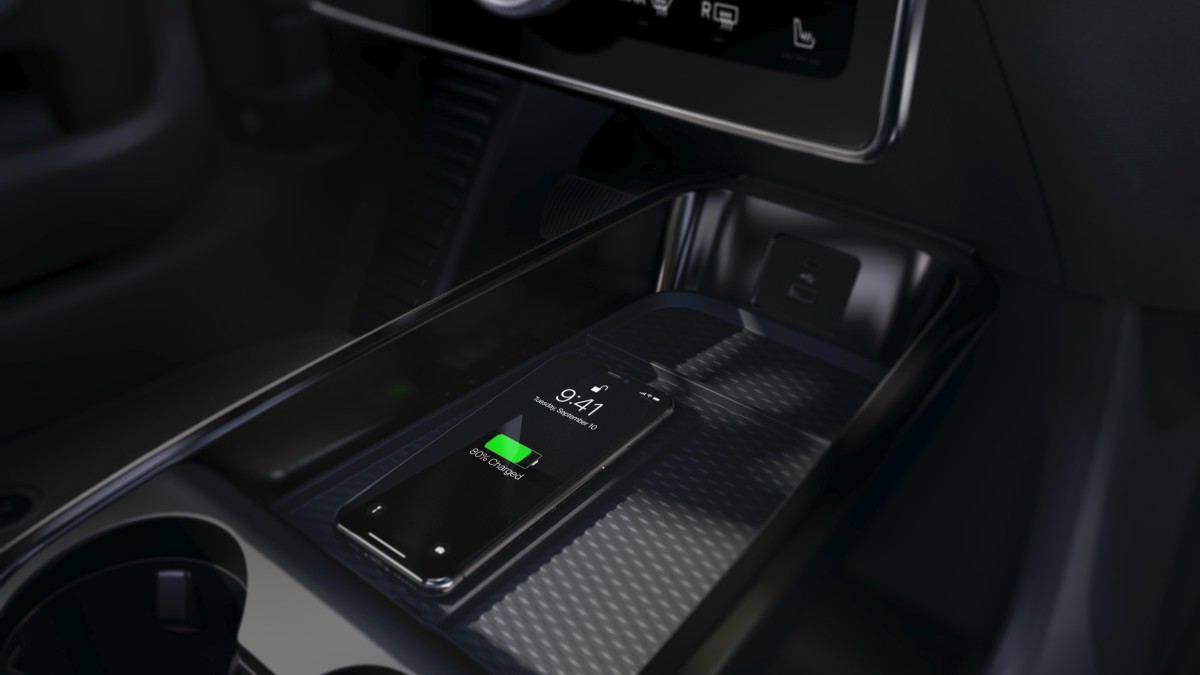
Ford
Final thoughts
New vehicle prices are rising far faster than the rate of inflation, as automakers continue to ignore new vehicle affordability. Consider that the average new car price in June 2025 was $48,907 according to Cox Automotive. Eleven years earlier, it was $32,556, an increase of more than 50% at a time when inflation rose 35%, according to the Federal Reserve. AutoPacific’s “Future Attribute Demand Study” shows that entry-level buyers are being ignored by an industry too infatuated with pleasing its most profitable customers at the expense of the rest.
Adobe Stock Photo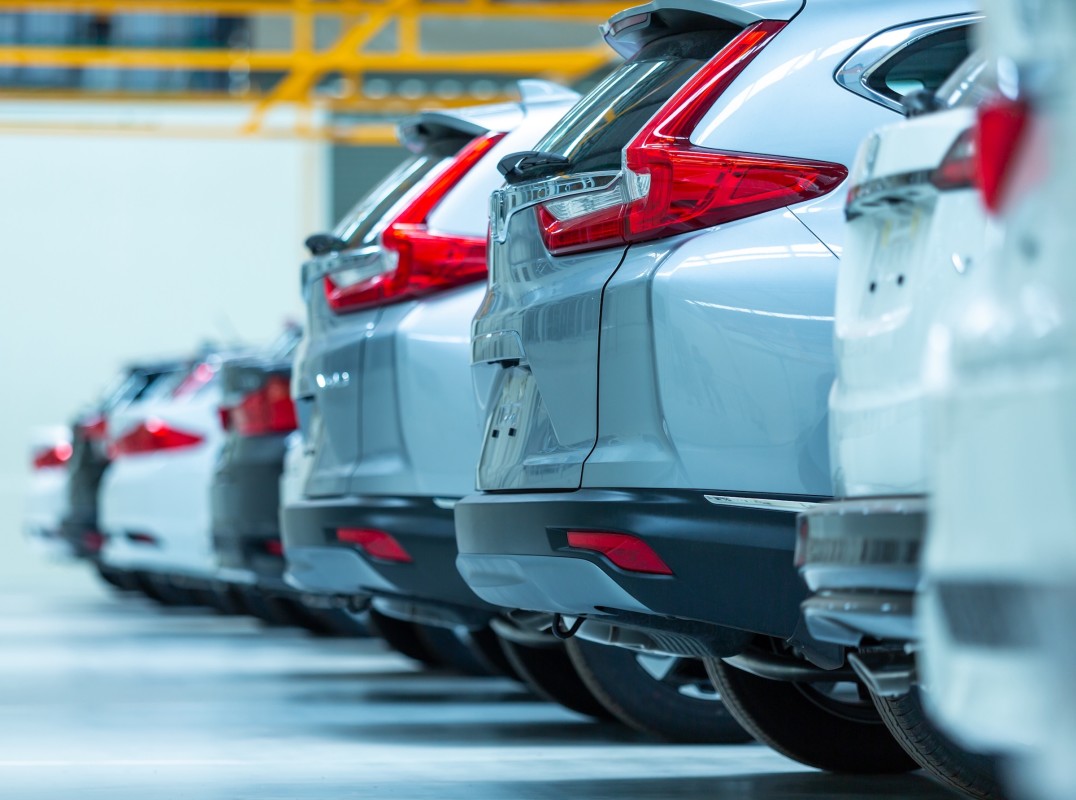
“It’s good for models in that price range to offer some fancier, lower-demand features, but those should be optional and limited to higher trim levels, which can also serve to capture customers of bigger and nicely-equipped models who may be downsizing into more affordable segments as they tighten their belts,” says Ed Kim, AutoPacific’s president and chief analyst.